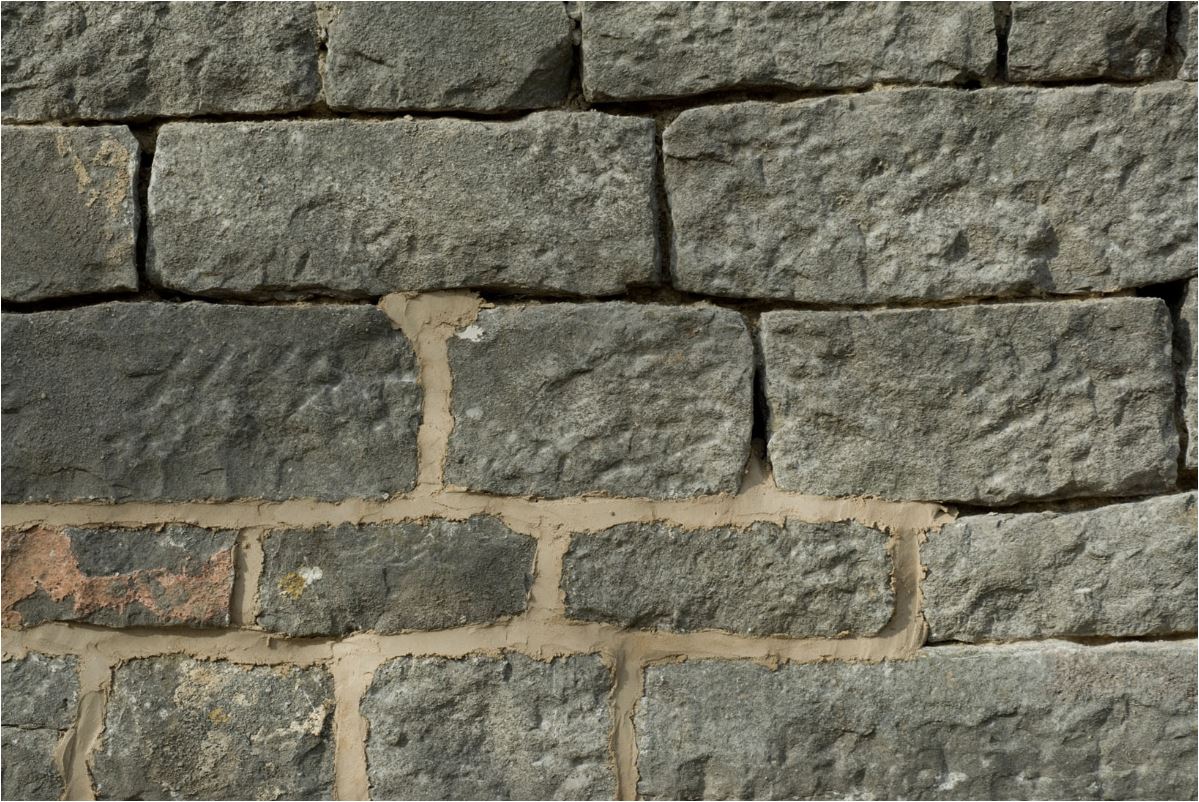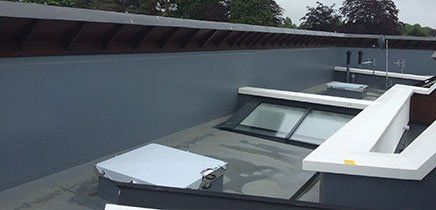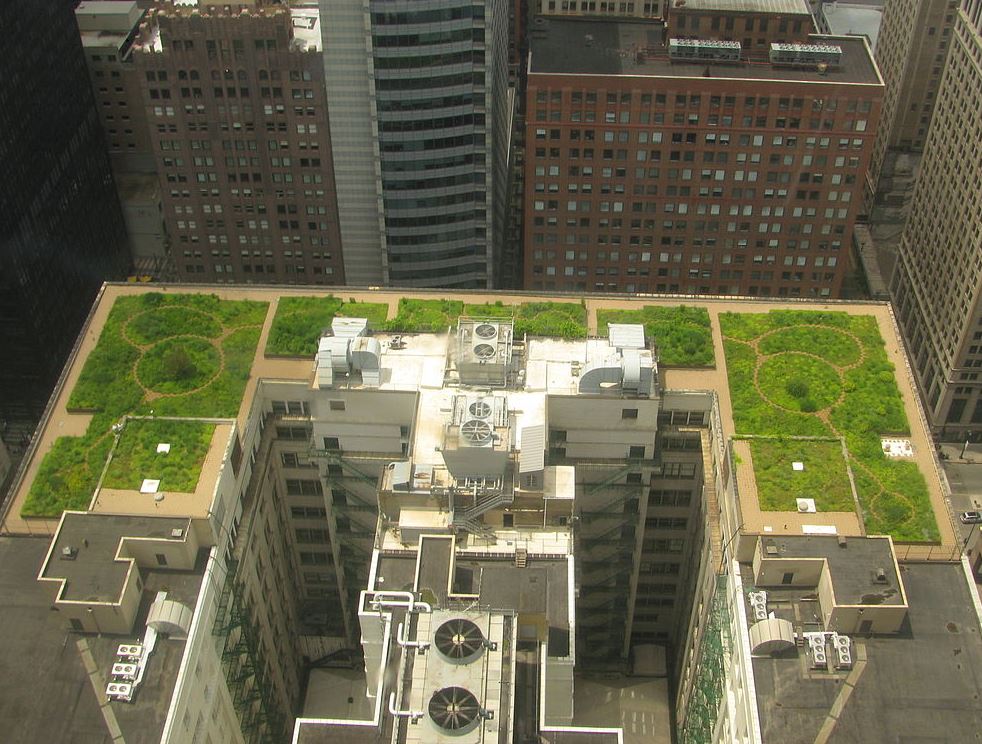Preserving The Past: Roof Repairs & Architectural Heritage
Buildings were originally a resource for human survival, where simple shelters made from stone and clay quickly evolved into places of worship and rudimentary marketplaces. Today, we rely on indoor spaces for our homes, businesses and recreation, where we often take for granted the sacrifices of time and labour taken to produce these invaluable structures.
In the modern world, we see construction all around us, as skyscrapers and apartment blocks seem to appear out of nowhere on every street corner. There is an architectural hunger to achieve the newest, tallest and shiniest feat of structural engineering in our towns and cities, as modern society struggles to balance soaring house prices with the preservation of dwindling green spaces.
With buildings rising and falling at such a rapid pace, it has never been of greater importance to value our historical architecture, where these ancient testaments are a steadfast symbol of continuity in an ever-changing world. Building conservation strives to keep these precious historical landmarks in existence, where a leaking or collapsed roof can quickly threaten the integrity of an old structure.
Heritage experts and architectural conservationists are working hard to save countless buildings that speak to our collective past, where their efforts safeguard these unique architectural objects for future generations. Read on to learn more about major roofing projects that have taken place in recent years to preserve our shared architectural heritage, with an insight into the costs and complexities involved in building conservation.
The Value Of Architectural Heritage
As the costs of daily life continue to increase, it can be difficult to justify the huge sums spent on building preservation, where local councils and funding groups are constantly seeing their budgets squeezed. But the reasons to invest in our architecture are numerous and persuasive. Most notably, these buildings provide a link to our past, which contributes to our historical education and to research into how people used to live. All buildings tell a story, where they speak to the challenges faced by previous occupants, as well as historical events that the structure has survived.
Historical buildings are also a large-scale form of art, where interiors often feature frescos, stained glass windows or tiled floors, which can only be preserved if the building’s structural integrity is maintained. Its architectural features also evidence the everyday achievement of thousands of craftsmen, who may have taken months, years or decades to build the structure by hand, prior to the invention of modern day machinery.
Buildings that have stood the test of time can also teach us about sustainability, where these structures act as a blueprint for architecture that can last, as well as demonstrating how spaces can be utilised for a range of purposes over the years. Many pre-World War buildings consist of materials that are no longer available today, such as rare hardwoods from forests that have long been cleared. Preserving these materials is therefore both ecologically and historically important.
More tangibly, old buildings have a great commercial value, whether they are utilised as a tourist attraction or are converted to support a new business venture. Historical buildings can support fresh commercial development whilst retaining the authenticity of a local area, blending familiarity with innovation.
Listed Buildings
In the UK, historical buildings are often ‘listed’ in order to protect their architectural integrity. Structures are approved as a listed building by the government’s Department for Culture, Media and Sport, where this list is managed by Historic England. Each building is attributed a grade, which denotes what kind of changes and repairs can be made to its structure.
Grade I buildings are the least common, where these are described as of exceptional national, historical or architectural importance. Garde II* refers to buildings that are of more than special interest, whilst Grade II listed buildings are of special interest. For repairs to take place on a graded building, Listed Building Consent is required. This means that its design as well as the materials and colours used must be in keeping with the existing structure. These limitations can often slow down the repair process and increase costs.
Historical Roof Repair Projects
Roof repairs are very common with historical buildings, where this part of the structure is constantly at the mercy of adverse weather conditions. Preserving a roof is always of high importance in order to protect the valuable interiors of these structures, where repairs are often expensive and complex. Some heritage roofing projects undertaken in recent years include:
York Minster
The Cathedral Church of Saint Peter, more commonly known as York Minster, is a large Grade I listed cathedral situated in York, North Yorkshire. It is well known as the seat of the Archbishop of York, the third-highest Church of England office. There has been a structure on the site since the 7th century, where a wooden edifice was built in 627 in order to baptise Edwin, King of Northumbria. Construction of the current gothic-style building began in the 1200s, where it continued for around 200 years. It is still in use today as a site of regular worship and prayer.
In 1984, the cathedral was severely damaged by fire, thought to be caused by a bolt of lightning hitting a metal electrical box inside the roof. The south transept roof was completely destroyed, where the restoration project lasted for four years in total, costing approximately £2.25 million. Masonry teams painstakingly restored the cathedral’s elaborate stonework, whilst the vaulted roof and ceiling were repaired with authentic oak, in keeping with the building’s original design. The cathedral’s famous rose glass window, designed in the 16th century, was thought to have cracked in 40,000 places during the fire, but was eventually salvaged and reinstalled by the York Glaziers Trust.
Castle Drogo
The mediaeval-style Castle Drogo is found on the edge of Dartmoor, near Drewsteignton in Devon. Known as the last castle to be built in England, this impressive building was designed by accomplished architect Sir Edwin Lutyens. Construction took place over 20 years, where the castle was finally completed in 1931. It was commissioned by Julius Drewe, the wealthy owner of the Home and Colonial Stores, which was a popular food retail chain at the time. Originally a family home, the Grade I listed building was eventually gifted to the National Trust in 1974, becoming the first 20th century property that the organisation took on. Today the impressive castle and grounds are open to the public.
A lengthy roof repair project began in 2013, lasting nine years in total. The roof was originally sealed with asphalt, a relatively new material at the time which tended to crack under extreme temperature changes. A new waterproofed flat roof was designed, but the scale of the project made the replacement difficult, where the castle’s flat roof is approximately the size of two football pitches. Granite blocks that supported the original roof had to be removed and rebuilt in order to install the new weather-resistant materials, where each of these blocks weighed up to 1.4 tonnes. Difficult weather conditions added further challenges to the project, where high winds and heavy rain slowed down building progress, where work was finally completed in 2022.
Oxburgh Estate
The attractive red-brick Oxburgh Estate in Norfolk was originally built in 1482 for Sir Edmund Bedingfeld, who was an up-and-coming figure in the royal court. As a Catholic family, the Bedingfelds experienced religious persecution during the reign of Elizabeth I, which continued throughout the Civil War. During this period Sir Henry Bedingfeld was imprisoned in the Tower of London, whilst parts of their home were ransacked and set alight. After the Restoration in 1660, the family retreated socially, until their fortunes finally stabilised in the centuries that followed. The estate was received by the National Trust in 1952, where it is now open to the public. Visitors can enjoy the moated mediaeval manor house with its impressive Victorian Gothic interior, as well as the estate’s garden, orchard, woodland and parks.
In 2016, one of the building’s dormer windows collapsed, revealing a serious structural weakness in the roof which had to be repaired immediately. In order to carry out the repair work, a custom-designed scaffolding frame had to be erected to overcome the challenge of the building being encompassed by a moat. 14 dormer windows from the 19th century had to be dismantled and rebuilt as part of the project. In addition to this, 27 mock-Tudor chimneys, also added in the Victorian era as decorative pieces, had to be removed and reconstructed. 12,000 new bricks were made to recreate the chimneys, where these bricks were all handmade using traditional methods. In total the project cost around £6 million, and was eventually finished in 2022.
B & D Roofing & Building: High Quality & Considerate Roof Restorations
At B & D Roofing & Building, we provide a comprehensive range of heritage roofing services across Midlothian, Edinburgh and Fife. We’re also fully equipped to carry out an array of architectural preservation work, including stone masonry, lime repointing and rough casting.
Some of our
recent projects have contributed towards the preservation of our shared architectural heritage, where we’ve worked to repair the pitched roofs on the former John O’Groats House Hotel, and undertaken the roof restoration of the Isle of Mull’s Torosay Castle.
Contact us today to learn more about our traditional roofing services.








